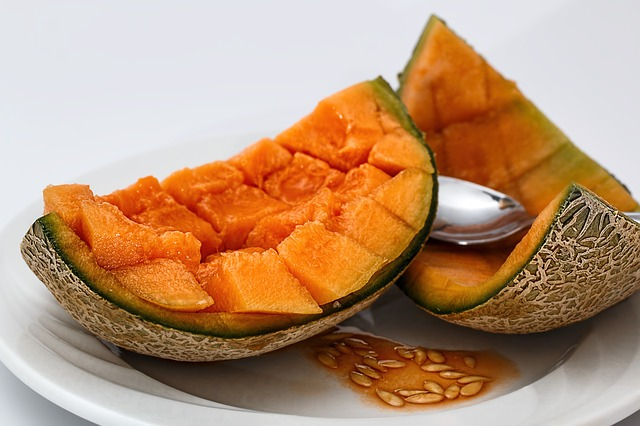
Singapore's Ministry of Health (MOH) issued a statement on Monday morning stating that two patients had been infected with an illness caused by listeria bacteria, which left several people afflicted in Australia last month.
The ministry said that while one patient successfully recovered from the illness, while the other died but not because of the listeria infection.
The Australian food authority said in March that three patients died and 12 were seriously ill and taken to hospital after consuming rockmelon contaminated with listeria bacteria. Later, they confirmed that the death toll had gone up to four. The outbreak was spotted first in February, traceable to a cantaloupes farm in Nericon, New South Wales.
Reports stated that Australia had exported the contaminated fruits to at least nine other countries, including Singapore. On March 8, Singapore's Agri-Food and Veterinary Authority recalled the consignments and destroyed them.
At least two such consignments, from a particular Australian grower reportedly implicated in the outbreak, were sold in a supermarket chain and wet markets.
MOH said in a statement on March 12 that one case of listeria at the Singapore General Hospital (SGH) was not linked to rockmelons. The ministry officials did not receive any reports claiming that their illness was triggered after consuming rockmelon. The ministry also asked the doctors to refer suspected cases of listeriosis for testing and treatment, besides keeping the ministry informed about them.
In Singapore, initially five patients contracted the infection and the epidemiological investigations did not confirm any similarity with the Australian outbreak. Later, the National Public Health Laboratory of the ministry conducted further research including genetic sequence analysis on the five affected patients and found that two of them were infected by the same listeria strain ST240, with similar gene sequence found in patients during the Australian outbreak.
MOH said that there is no further public health risk from the "Australia outbreak as the risks have been mitigated through the recall of the implicated consignments in March 2018. We will continue to monitor the situation closely."
Listeria, which is a genus of bacteria, contains 10 known species, each containing two subspecies, which can be found in soil, water and vegetable or fruit product. It is carried by pets and wild animals as well. US Centers for Disease Control and Prevention stated that every year it kills around 26 people.
The fruits can get contaminated at any level of the processing, such as planting, harvesting, packing, distribution, preparation and serving. Other sources of contamination include washing water.
In case of a heavy rain, it can splash listeria from soils onto the surface of a vegetable, especially those that grow low to the ground like rockmelons. The contamination can take place in-house kitchen or restaurant.
According to Australia's Victoria state government website, the symptoms include fever, chills, muscle aches, nausea, and diarrhoea during the initial stages. The symptoms may take up to six days to appear after eating the infected melon. In serious cases, symptoms can include collapse and shock, particularly if there is septicaemia.
The bacteria can turn dangerous if it affects the central nervous system, resulting in visible symptoms such as a headache, confusion, stiff neck, and seizures. In some cases, the patient may go into a coma. Such infection during pregnancy can lead to miscarriage, stillbirth and newborn infections.
Listeria monocytogenes can survive inside the human body by moving from one cell to another for a longer period of time, said the website.
Recently South Africa also became a victim of this illness, which took lives of at least 180 people.









